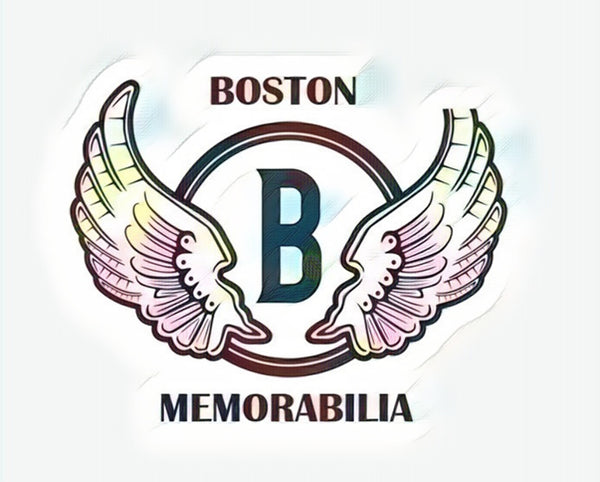Storage and preservation of your Clint Eastwood autographs
Share
How to Protect Your Clint Eastwood Autographs: A Collector's Guide to Storage and Preservation
Owning a Clint Eastwood autograph is like having a piece of Hollywood's golden age. The rugged charm of "Dirty Harry" and the stoic presence in "The Good, the Bad and the Ugly" are now immortalized by a signature. But, did you know that light, humidity, and even your own hands can hurt these treasures? This guide will show you how to keep your prized Clint Eastwood autographs safe and sound. Preserve them, keep them valuable, and enjoy them for years to come.
Understanding the Threats to Your Autograph's Longevity
Your autographs are more fragile than you think. Environmental factors and the way you handle them can cause serious damage over time. Learn how to protect your investments.
The Enemy is Light: UV Exposure and Fading
Sunlight is bad for autographs. The ultraviolet (UV) rays can fade the ink. They can also discolor the paper. Keep your autographs away from direct sunlight. Fluorescent lights can also cause damage. Protect your collection from these light sources. Consider using display cases with UV protection. This simple step prevents irreversible fading.
Humidity and Temperature Swings: Paper's Worst Nightmare
Humidity is a silent killer of paper. Too much moisture can cause mold and mildew. It can warp the paper. Temperature changes speed up deterioration. Aim for a stable environment. Ideally, keep it between 65-70°F. The relative humidity should be between 45-55%. Use a dehumidifier or humidifier to keep your space just right. A climate-controlled room is a worthwhile investment.
Handling Hazards: Oils, Dirt, and Creases
Your hands have oils and dirt. These can transfer onto the autograph. This can stain the paper. Improper handling leads to creases and tears. Always handle autographs with clean, dry hands. Consider using gloves. White cotton gloves offer great protection. Support the item fully when you move it. Never fold or bend an autograph.
Best Practices for Storing Your Clint Eastwood Autographs
Where you keep your autographs matters. The correct storage is crucial for long-term protection. Different autographs need different methods. Whether it is photographs, documents, or memorabilia, proper storage is key.
Archival-Quality Materials: The Foundation of Preservation
"Archival quality" means acid-free and lignin-free. These materials won't harm your autographs. They don't contain acids that can degrade paper. Use archival-quality paper, folders, sleeves, and boxes. Non-archival materials can yellow and become brittle. Over time, these poor materials can damage your autographs. Invest in quality storage for peace of mind.
Framing for Display: Protecting While Showcasing
Framing protects your autograph. It also lets you show it off. Use UV-protective glass or acrylic. This will block harmful rays. Use acid-free matting and backing boards. This prevents acid migration. Make sure the autograph doesn't touch the glass. Direct contact can cause sticking and damage. Proper framing preserves and displays your treasure.
Safe Storage for Unframed Autographs: Sleeves, Binders, and Boxes
Not every autograph needs framing. Signed photos, letters, and cards need safe storage too. Use individual archival-quality sleeves or pockets. Store them in binders or boxes. Make sure these are designed for archival storage. This will prevent scratches, bends, and other damage. A well-organized system keeps everything safe.
Advanced Preservation Techniques: When to Call in the Experts
Sometimes, your autographs need more than basic storage. In those cases, it may be time to consider professional assistance. This section goes over advanced techniques.
Conservation vs. Restoration: Understanding the Difference
Conservation prevents further damage. Restoration repairs existing damage. Conservation stabilizes the item. Restoration tries to bring it back to its original state. Museums conserve rather than restore. They follow strict guidelines. It is essential to know the difference.
Hiring a Professional Conservator: Finding the Right Specialist
A paper conservator is a preservation expert. They can assess and treat delicate items. Look for someone with credentials, experience, and good references. Ask about their methods. Make sure they align with museum standards. A good conservator protects your investment.
Repairing Minor Damage: DIY vs. Professional Help
Minor damage may seem easy to fix. However, DIY repairs can cause more harm than good. Tears, stains, and foxing need professional attention. Do not attempt repairs without training. A conservator has the tools and knowledge to do the job right.
Inventory and Documentation: Protecting Your Investment
Documenting your collection is essential. It protects your investment. It also helps with insurance claims. A detailed record is crucial.
Creating a Detailed Inventory: Autograph Details and Provenance
Your inventory should include key details. Note the description, date of acquisition, and price. Record the autograph's provenance. This shows the history of ownership. A spreadsheet or database works well. Keep your inventory updated.
Insurance Considerations: Protecting Against Loss or Damage
Your autograph collection has value. Protect it with insurance. Talk to an agent who specializes in collectibles. They can assess your collection and offer the right coverage. Insurance protects against loss or damage.
Digital Backups: Protecting Your Records
Keep digital backups of your inventory. Store them in multiple locations. Use the cloud and an external hard drive. This ensures you won't lose your records. Backups are essential for security.
Protecting your Clint Eastwood autographs is an investment in preserving a piece of Hollywood history. Proper storage, careful handling, and detailed documentation will keep your items in great shape. This will maintain their value for years to come. Enjoy your collection knowing it's safe and sound.
